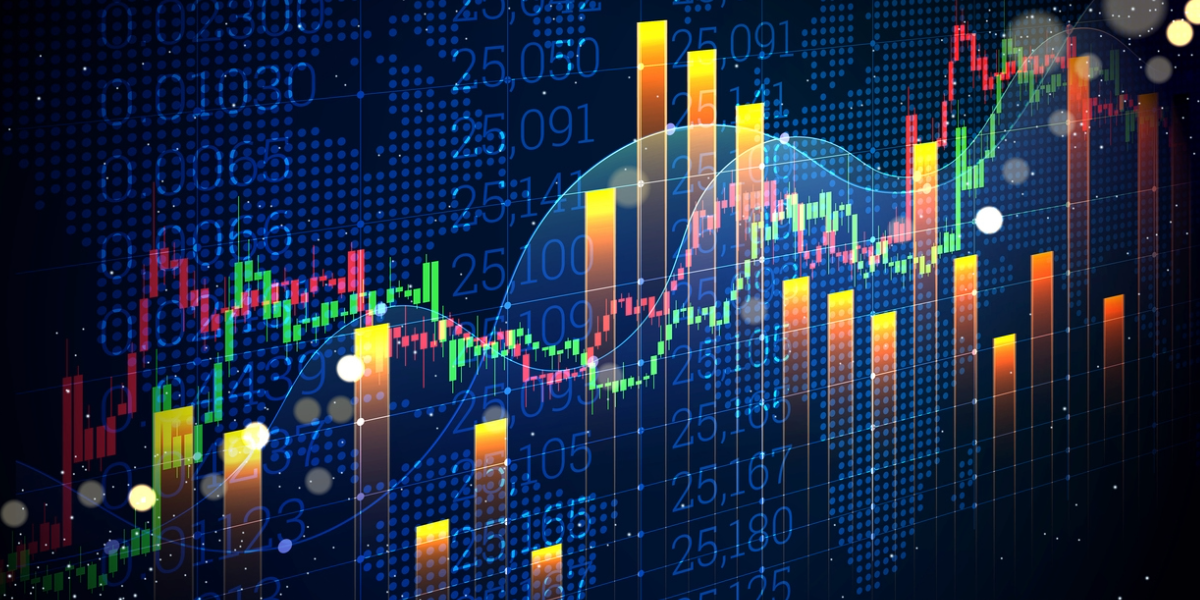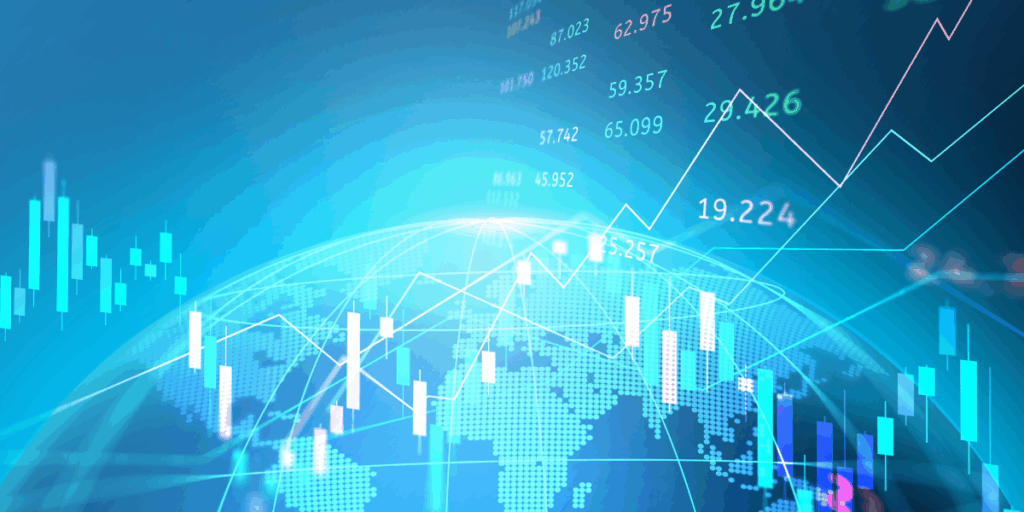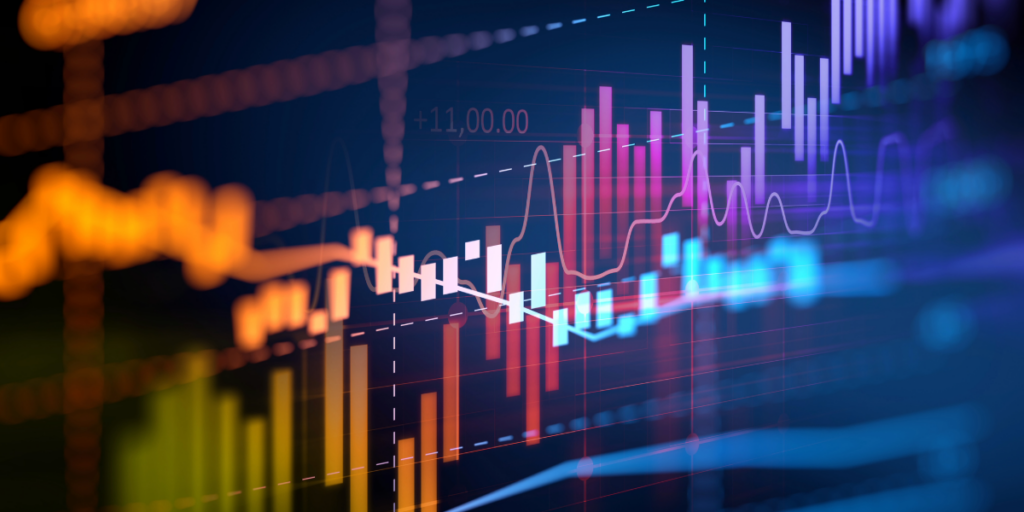For those of you who would prefer to listen:
It was another eventful week. It’s been that way all year. There’s no sign of that changing. Activity continues out of the Oval Office. But the Market redirected its attention elsewhere. The threat of trade wars is still an overhang. But Corporate America keeps moving along. So do we, the American people. The calendar officially turned to Spring. Schools are going on break. The nights are getting longer. Flowers and trees are starting to bloom. Baseball is coming back. And college basketball ignited its annual madness. The normality of March is a beautiful thing. The Market has also experienced some madness in March. Importantly, its attention turned squarely back to 2 areas this week; AI and the Fed.
Nvidia hosted its annual GTC event. That stands for GPU (Graphics Processing Unit) Technology Conference. It’s definitely not a sexy name. But this year, it was called the “Super Bowl of AI”. That’s pretty catchy. Nvidia has transformed its annual developer conference into a who’s who in the AI world. The big difference between this and the Super Bowl, according to CEO Jensen Huang; in his event “everybody wins”. He calls this Digital Age the new Industrial Revolution.
In his keynote address, Jensen Huang declared that AI has gone mainstream. It’s now found in agriculture, education and health care. Today, AI has become more useful because it’s smarter. It can reason. And it’s just the beginning. Big Investments continue to be made in infrastructure, energy and computing power. Huang calls it the “factories of the future”. And AI will be the operating system for every industry going forward. This helped reverse the sell-off in Tech and get those Market engines running again.
Robots are evolving fast with AI. The Nvidia CEO said Robotics will be one of the largest AI innovations in industry. Are they taking jobs? Well, yes. But that could be a good thing. History has proven that innovation has replaced many manual jobs and created new ones. Robots are able to perform more dangerous, repetitive tasks that humans don’t want to do. What’s more, robots don’t get bored or tired. They don’t get sick or take vacations either. How might it benefit you directly as a consumer? There’s a belief that humanoids will soon empty your dishwasher or clean your garage. There are even predictions that robots will assemble furniture and other objects. For all of you that have bought things at IKEA or assembled toys under the tree, this would be really welcome news.
There was some other big and innovative news from the event that we will soon see at theme parks around the globe. Nvidia, Google DeepMind, and Disney Research have banded together to develop next-generation animatronic and AI-powered robots. This is expected to enhance Disney’s long-standing tradition of innovatively bringing characters to life.
The partnership will develop a physics engine to simulate robotic movements in real-world settings. At the core of this robotic revolution is Newton, a GPU-accelerated physics simulation engine built to train and develop AI-powered robots. This is new. Unlike traditional engines that rely on pre-scripted physics, Newton enables robots to interact with their environment in real time, adjusting movements dynamically. Newton will help robots be more “expressive” and “learn how to handle complex tasks with greater precision,” Disney feels the tech is ready and plans to showcase the robots at its theme parks next year. They’re actually already in beta-test in France and Shanghai. Disney is known for revolutionizing interactive entertainment. Nvidia and Google are making this next stage possible. They’re thinking big. This is a great example of companies ignoring the emotions and activities of today, with a bright and opportunistic outlook for tomorrow.
The news for Nvidia this week was considered largely in line. It was also a very technical update, which the Market seemed to take in stride. An important takeaway is the growth opportunity ahead for AI remains robust and the substantial investment does too. Companies are still spending aggressively. Jensen’s comments that the industry needs “easily 100x more computing power than anyone thought this time last year” spoke loudly. He also stated that companies will be spending $1 Trillion annually on data centersby 2028. It wasn’t a sell-the-news event. But the event didn’t really move the needle forward for Tech either. Nvidia drove the Stock Market higher in 2023 and 2024, as the undisputed leader in AI. It’s been driving stocks lower in 2025 as the AI fever broke. Importantly, earnings are still growing. It’s the multiple that investors are willing to pay for those earnings that’s contracted. Fear tends to take down multiples. Corrections do just that.
All the while, the Economy is slowing. February retail salesrose just 0.2% month-over-month. That was less than the 0.7% growth expected. What’s more, January’s retail-sales decline was revised even lower. Takeaway: It could definitely have been worse. Consumers are still spending. They’re just shifting from larger discretionary items to basic essentials. The retail report showed notable declines in department stores and restaurants. The increase in sales came online, +2.4%, health & wellness, +1.7%, and grocery stores, +0.4%. Retailers are clearly scrambling to navigate the tariff uncertainty, pushing suppliers for discounts, looking for alternate product sources while trying to raise prices on consumers. It’s not working like it was.
The economic slowdown was the key lead-in for the March Fed meeting. The overhang of global tariffs continues to weigh heavily. The Market expected the central bank to keep rates on hold. In fact, it was a virtual certainty, with just a 1% probability of a cut.That’s precisely what they did.
The biggest takeaway from the Fed meeting was the “uncertainty around the economic outlook has increased.”The Fed revised its economic projections for 2025. It now estimates GDP will grow at 1.7%, slower than the prior 2.1% forecast. Slower growth could lead to a faster pace of rate cuts. But there’s still that nagging issue of high prices. Chair Powell acknowledged that tariffs have brought uncertainty to the outlook, particularly as it relates to inflation. Higher inflation could keep the Fed on hold, delaying those rate cuts, something the Market and the White House wants. There was a slight change that the Market liked. Beginning in April, the Fed will slow the pace of its Treasury security run-off from $25 Billion per month down to $5 Billion. That’s basically a form of quantitative easing. It increases the money supply, which is generally good for both stocks and bonds.
On that subject of transition; It was only a matter of time. The White House is calling for the Fed to cut rates again. To be sure, American Presidents always preferred loose monetary policy from the Federal Reserve. They just didn’t say it out loud. President Trump and the Fed Chair had a contentious relationship in term 1. It’s safe to say, they don’t care for each other. Term 2 is likely to present further challenges. Powell has time and again asserted Fed independence from fiscal policy and politics. The Fed Chair may find it increasingly difficult to stay out of the political narrative in 2025. The Market will be watching this dynamic closely.
What the Fed’s economic projections show is that the outlook has changed a lot in just 3 months. The Market is now assigning an 81% probability of a rate cut in June. It’s pricing in an over 90% likelihood of two ¼-point cuts by year-end. Money is no longer cheap. For years it was nearly free. That won’t happen again, short of another major crisis. It’s quite clear the era of easy everything is over. It may not be a welcome transition for some. But it’s a necessary transition for the sustainable health of America’s Economy. Debt has ballooned. We’re still paying the price for the blasting of money in pursuit of“ whatever it takes” to combat Covid.
Back to the Market:
The week started with the first back-to-back gain for the S&P since its record close a month ago. But the gains didn’t last. Selling returned Thursday and Friday morning. Tech continues to correct, despite it still being the growth engine for earnings.
U.S. household ownership of equities reached a record level in 2024. It accounted for nearly half of their financial assets. This, according to Federal Reserve data. No surprise, it was decisively invested in American Tech. How quickly things changed. The latest BofA/Merrill Global Fund Manager Survey showed the allocation to US equities at a 23% underweight. That’s the lowest positioning since June of 2023 and biggest contraction in exposure on record.
Retail investors have ditched the buy-the-dip mode during this Market correction. Retail outflows from U.S. equities rose to $4 Billion in just 2 weeks. That, combined with the hyper-bearish investor sentiment surveys are generally signals of near-term lows. What’s more, 401(k) holders have been aggressively trading their investments, to the tune of 4X the average level. That is data tracked going back to the late 1990s. This is a big change in attitude from the relentless buy-the-dip mentality the past couple years which led to those bubble-like conditions in 2021 and 2024.
The excessive enthusiasm around the new administration and AI has definitely burned off. The sell-off has seen a lot of people panic and throw in the towel on what lies ahead. I know it’s counterintuitive, but that’s generally a positive contrarian sign. Summed up this way: After all the selling, there is a new, large population of potential buyers that are seemingly reluctant to get back in. That presents a good set-up. They tend to be chasers. They get back in after the Market bottoms and moves higher. There’s also this: The Stock Market is one of the few entities where buyers get spooked when items go on sale. It’s been that way for like ever.
Stocks finished the week in the green. That put an end to the 4-consecutive weekly declines. It was looking bleak Friday morning, as stocks again were for sale. But perhaps a combination of some selling exhaustion, risk-seeking buying and a softer tone on tariffs ahead from the President, led to another reversal and a close at the highs. Tech led the day, despite being down on the year. The good news is some areas keep working. Leadership rotated. Energy, Financials, Utilities and Health Care are up on the week and up on the year. Dividends have been back in demand. Those Boring Blue Chips are definitely doing their jobs in this environment. At this stage, we sure could use some more boring, don’t you think?
It’s important to remember that sell-offs are normal. They’ve just been rare in the recent AI race. This one has been both quick and violent. As we’ve stated on numerous occasions, the Stock Market takes the escalator up and the elevator down. It’s just not fun. Heading into this year, volatility had been largely absent. In fact, the S&P went 370 days without even a 3% decline. That was the longest such stretch since the Financial Crisis in 2008-09.
If you felt this Market volatility, and we know you did, you’re definitely not alone. The S&P has averaged 1.7% intra-day swings in both directions every day for the last 21 sessions. That’s over 70-point swings, which equates to roughly 450 points for you Dow watchers. It did it again Friday. We expect this choppy price action to continue. So, keep those belts buckled. Enjoy March Madness. We’ve got a firm grip on the Market Madness.
Have a nice weekend. We’ll be back, dark and early on Monday.
Mike






